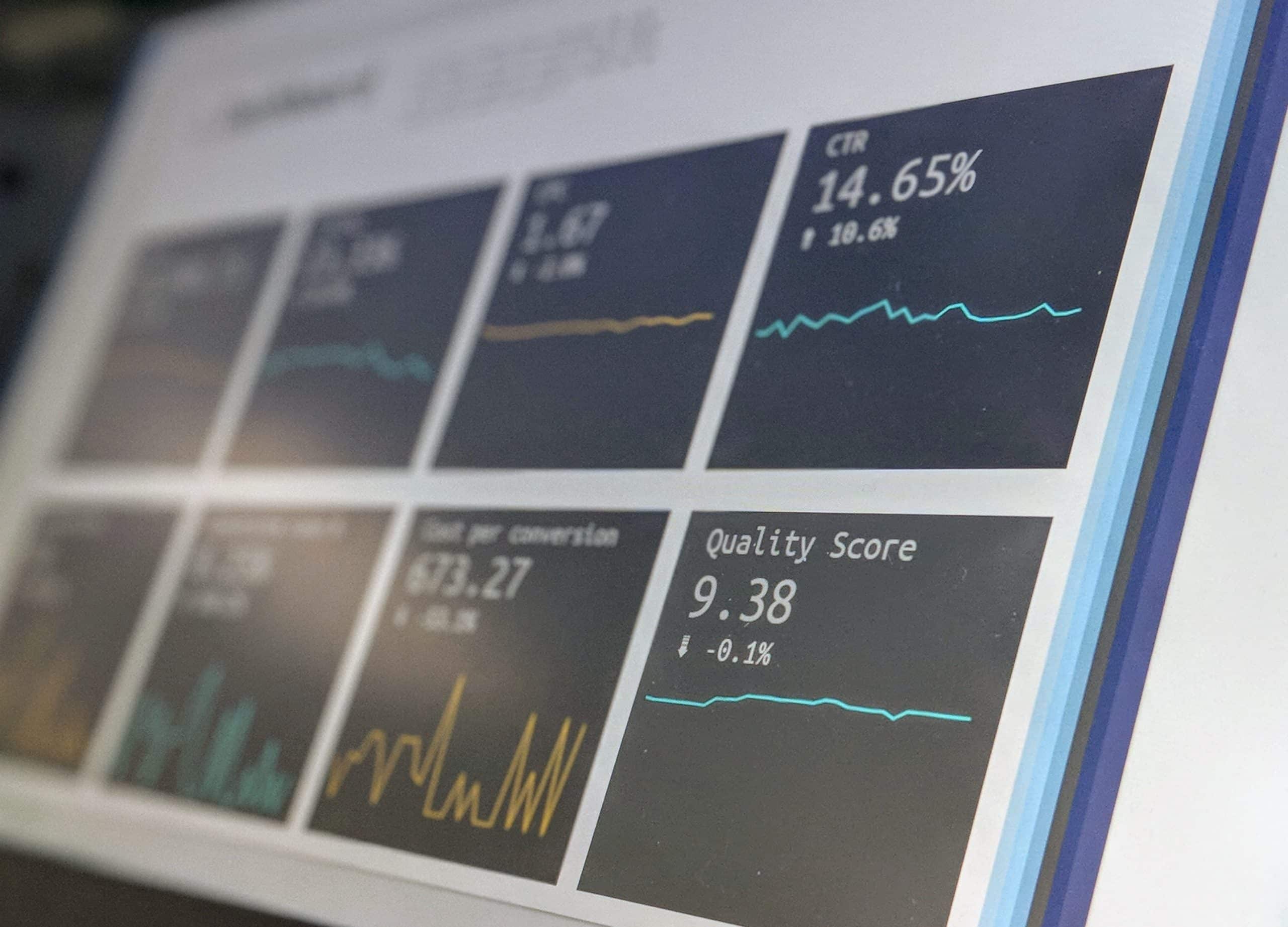Data science is a multidisciplinary field that extracts insights and knowledge from structured and unstructured data. Building a basic data science project is an excellent way to dive into this exciting domain. In this guide, we’ll walk through the essential steps, tools, and concepts required to embark on your data science journey.
Getting Started
1. Define Your Objective:
Start by clearly defining the goal of your data science project. Whether it’s predicting sales, analyzing customer behavior, or classifying data, a well-defined objective guides your entire process.
2. Collecting Data:
Choose a dataset relevant to your project. Platforms like Kaggle, UCI Machine Learning Repository, and government databases offer a variety of datasets. Ensure the dataset aligns with your project’s objective.
3. Data Exploration:
Use Python programming and libraries like Pandas to explore and understand your dataset. Check for missing values, and outliers, and get an overall sense of the data’s structure.
4. Data Cleaning:
Preprocess your data by handling missing values, removing duplicates, and transforming data types. Cleaning the data ensures the accuracy and reliability of your analysis.
Data Analysis and Visualization
5. Data Visualization:
Utilize libraries such as Matplotlib and Seaborn to create visualizations that provide insights into your data. Visualizations make it easier to identify patterns, trends, and outliers.
6. Statistical Analysis:
Perform basic statistical analysis to gain a deeper understanding of your data. Calculate measures like mean, median, and standard deviation. This step helps inform decisions about feature selection and model building.
Building a Predictive Model
7. Machine Learning Model:
Choose a suitable machine learning algorithm based on your project’s nature. For beginners, linear regression is a good starting point for predictive modeling.
8. Scikit-Learn:
Implement the selected algorithm using the Scikit-Learn library. Train your model on a subset of your data and evaluate its performance using metrics like Mean Squared Error (MSE) for regression tasks.
9. Jupyter Notebooks:
Use Jupyter Notebooks for a dynamic and interactive environment. Jupyter facilitates the step-by-step execution of code, making it easier to understand the model-building process.
Conclusion
Building a basic data science project provides a hands-on experience with fundamental concepts and tools in the field. Through data exploration, cleaning, visualization, and machine learning, you gain practical insights into transforming raw data into actionable knowledge. This journey enhances your skills in Python programming, Pandas, Scikit-Learn, and the overall data science workflow.
In conclusion, a basic data science project serves as a foundational step toward more complex analyses and real-world problem-solving. The skills developed in this process are transferable to various industries, making you well-equipped for future data science endeavors. As you continue your data science exploration, remember that continuous learning and experimentation are key to mastering this dynamic and rapidly evolving field.
Sreyas is a prominent software and mobile app development firm, boasting extensive expertise in UI/UX design. Our global presence allows us to offer a comprehensive range of services, including data migration, database management, web hosting, infrastructure management, and more to clients worldwide.







